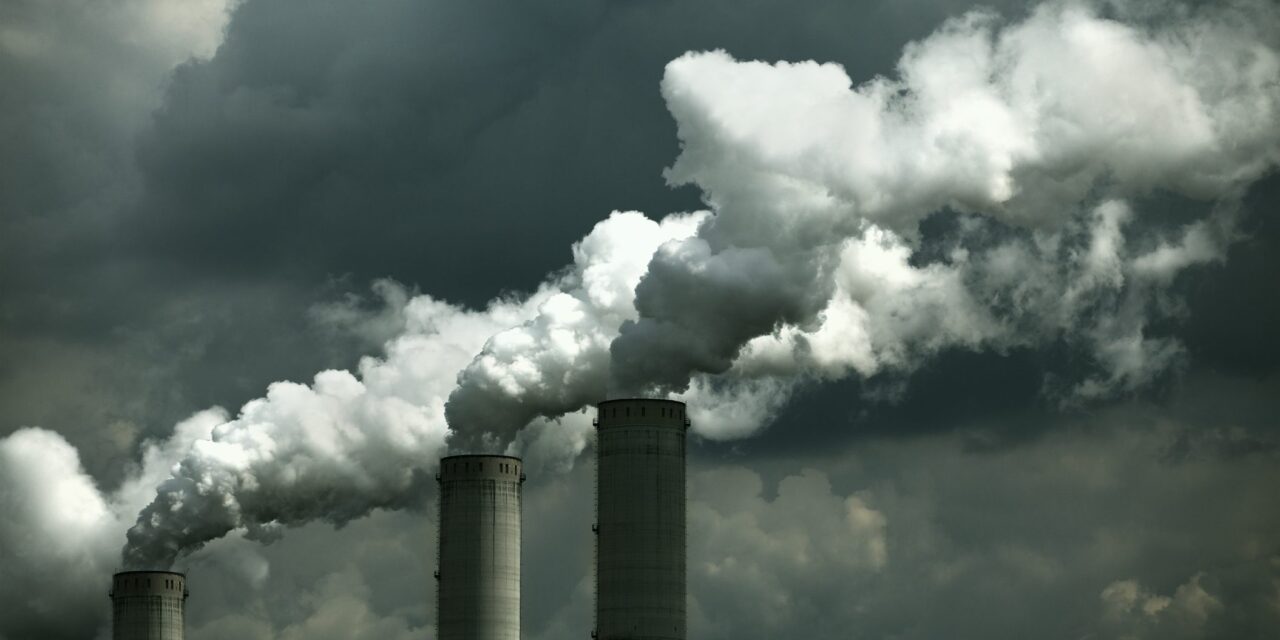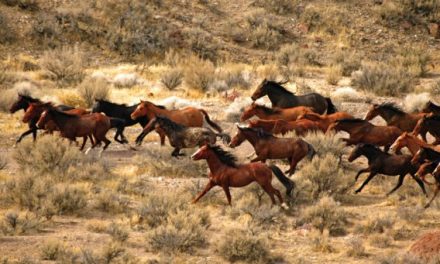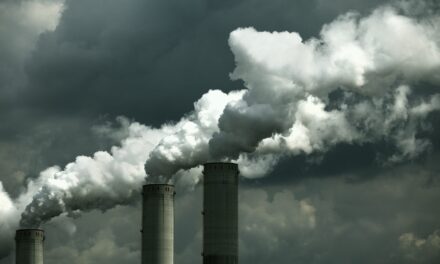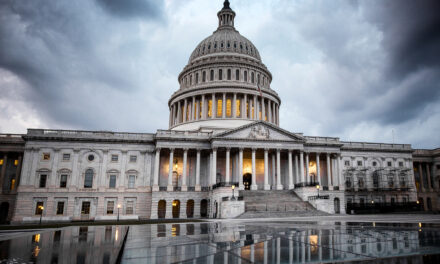I have been keeping people updated on the loan needs of the microlending group Kiva which makes small loans to business owners in Uganda, Kenya and Tanzania. Our efforts have been so successful that the last round of loans on the Kiva site were filled BEFORE THEY EVEN COULD OFFICIALLY ANNOUNCE THEM!
Today’s diary is to announce (before Kiva has had the chance itself!) a new set of loans on the Kiva website that need filling. For those new to this idea, Kiva connects small lenders (you and me) who can lend as little as $25, with small businesses in East Africa who need small loans. All small scale! You get your money back within 6-12 months, though without interest. More below.
Microcredit can mean a HUGE deal to small businesses. And a loan as small as a few hundred dollars can make a small business in Africa prosperous. The small business owners are carefully screened by Kiva, which is why they only have a handful at a time. This is one of the easiest ways to help East Africa and it is a business relationship rather than charity. “Teach a man to fish…” and all that. So please, let’s fill the loan need in record time ONCE MORE.
But I also have been highlighting other ways we can help East Africa. My first diary of that nature was criticized as being overwhelming and it was suggested that I divide up my suggested actions into smaller, more digestable bits. In that spirit, here are two other ways we can complement our loan efforts: Women’s rights and the environment of East Africa.
One of the most important measures of development is the place of women in society. As a first approximation, women’s rights goes along with development. A more equal role of women in society seems to correlate well with improvements in health, education and prosperity. The equation is not simple, but women’s rights is, in my view, an integral part of stable, sustainable development.
The Uganda Women’s Network (UWONET) is an advocacy and lobbying coalition of National Women’s NGOs, institutions and individuals in Uganda, founded in 1993. UWONET was born out of the East African Women’s Conference held in Kampala in 1993. From their website, their goals are:
# To engender policies, laws and programmes, structures and processes in order to address the needs of both women and men leading to the achievement of gender equity and equality.
# To promote a strong, well-coordinated, interrelated and interdependent network that is strategic and proactive in tackling women’s concerns.
# To develop a databank of information which will be useful in advocacy and enrich membership, women and other development partners in knowledge on women’s issues.
# To develop a dynamic, proactive and all-inclusive system of management that is strategic on issues and approach, and effectively influences policy and decision-making; and provides leadership on women’s issues.
In Tanzania, Kivulini Women’s Rights Organization is a registered Non-Governmental Organization based in Mwanza, Tanzania. In Kiswahili, Kivulini means “in the shade.” The word implies a place under the tree where people discuss and support each other. With the overarching goal of inspiring and supporting communities to prevent domestic violence, our objectives include: (from their website)
*To mobilize communities to change attitudes and behaviours which cause violence against women.-To advocate for change within existing community structures to create a safe and supportive environment for all women.
*To build the capacity of community leaders to understand the impact of violence against women and motivate them to initiate change within their own environment that uphold women?s rights and priorities.
*To improve women’s socio-economic status through legal support, counseling and life skills training.
Another critical area of need in Africa is environmental preservation. Deforestation is endangering soils, infrastructure and fresh water supplies as well as threatening revenue from eco-tourism. It is very hard for African nations to effectively preserve their environment even though their awareness of the need to do so is probably stronger than our own. They know what they need to do but have a hard time getting the resources to do so. Here are some ways you can help them:
In Kenya, The Green Belt Movement (GBM) is a grassroots non-governmental organization (NGO) based in Kenya that focuses on environmental conservation, community development and capacity building. From their website:
Our vision is to create a society of people who consciously work for continued improvement of their environment, and a greener, cleaner Kenya Our mission is to mobilize community consciousness for self-determination; equity, improved livelihoods securities and environmental conservation- using tree planting as an entry point. Guided by the values of volunteerism, love for environmental conservation, pro-action for self-betterment, accountability, transparency, and empowerment.
The NY Wildlife Conservation Society (WCS) has three programs trying to preserve the forests, lakes and wildlife of East Africa. One program focuses on preserving the entire regional environment in Albertine Rift region of Africa, mostly centered on Uganda, Rwanda and the Congo. This is one of the most critically threatened regions of Africa’s environment. Preservation of this region is critical for the economy and freshwater supply of the region, the ecotourism industry of the region, and for preservation of the world’s forests as a buffer for global warming. I strongly urge a donation to the WCS Albertine Rift Program.
A second program focues on the preserving the Uganda environment in particular. Again, the local economy critically needs freshwater and ecotourism and both are critically threatened by environmental degradation. A loan to Kiva can be well complimented by a donation to preserve the Ugandan environment.
The third program focuses on preserving the entire habitat of the mountain gorilla, an effort that includes some of the East African environment that provides the watershed for the nations we are focusing on. I include this program partly because it covers some of the same environmental regions as the other two programs, but also because the preservation of the Mountain Gorilla is another of my pet projects. Most people know that Gorillas are severely endangered. Not so many know that the Moutain Gorilla is directly facing extinction right now. About 6 years ago I learned that only about 600-700 Mountain Gorillas remained. That number was practically halved in a three-year period. Since then there has been a small recovery thanks to the efforts of conservationists, but any further halving of such a small population will condemn these cousins of ours to exinction. The time to save them is now and since they live in Uganda, as well as Rwanda and the Congo, I am including this program in this diary. Please donate to save the habitat of the Mountain Gorilla while you are also preserving the watershed for much of East and Central Africa.
In a previous diary, I also recommended sources of Fair Trade coffee and crafts from East Africa as well as ways to help the education systems in East Africa. If you are interested in those issues, please refer to my earlier diary.






